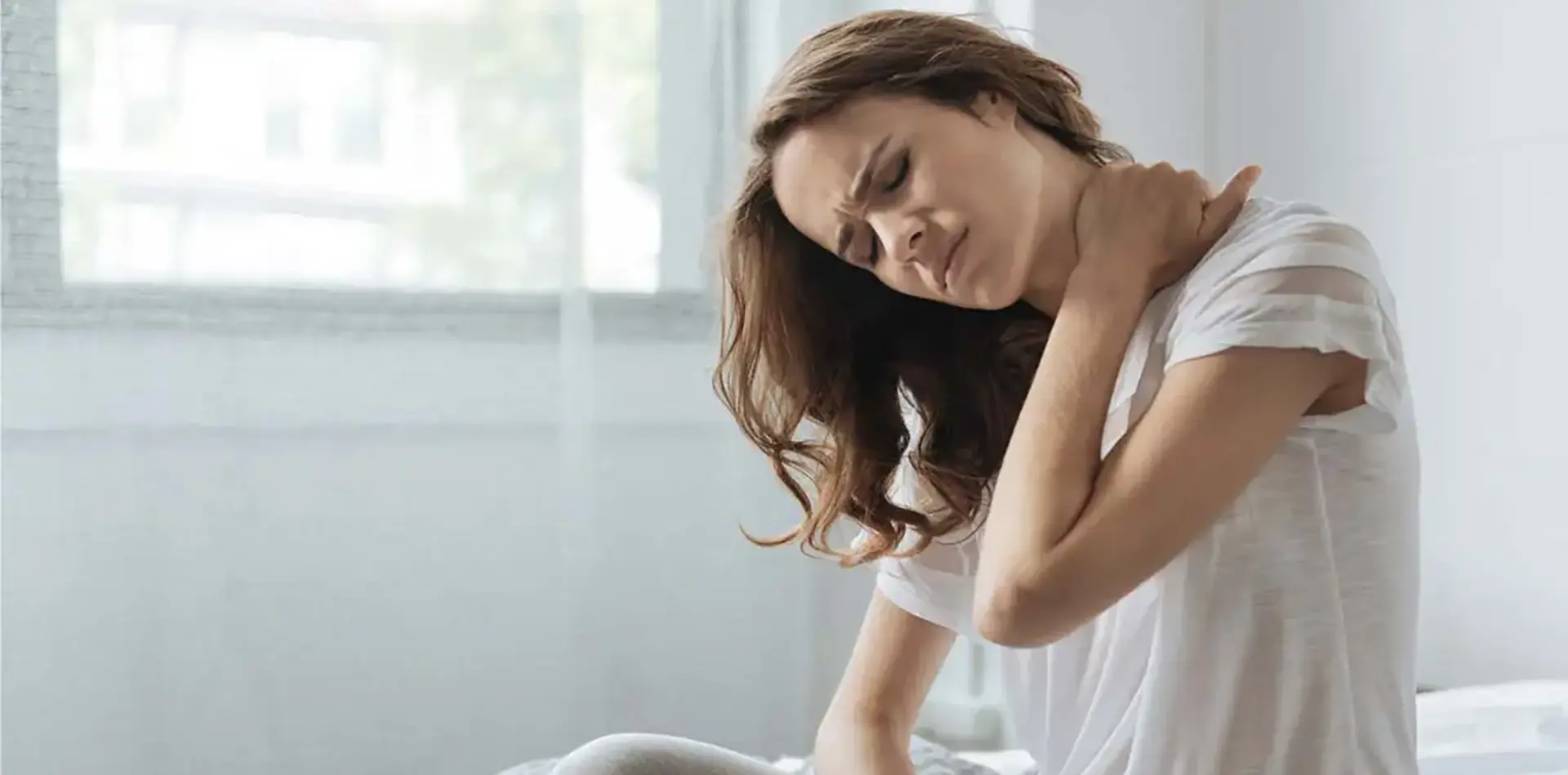You are going along perfectly happily and then, suddenly, you’re in acute pain – it stops you in your tracks – you can hardly speak!
Over the next couple of weeks, the pain gradually subsides, although a couple of times you do something silly and it catches you again – agony! This happens once or maybe twice a year, without warning, but you never see a doctor or seek any medical advice or treatment. Why? Because you’ve accidentally just bitten your tongue while talking or eating. It happens to almost everybody at some time or other.
The resulting swelling on your tongue or inside cheek feels like a golf ball in your mouth and you are aware of soreness all the time, but on closer inspection, in a mirror or with a finger, there is almost nothing to see or feel at all. How can such a tiny sore create so much pain and feel so large in your mouth? How can it ever heal when it constantly catches or chafes when you eat and talk? But it does heal, and we all know that accidents happen: we will be sore for a few days or weeks, then it will heal on its own, or with a simple antiseptic gel or mouthwash. We accept that there is nothing ‘wrong’ with our mouth, we just didn’t coordinate everything properly while chewing or talking – it just happens sometimes.
So why is there so much fear about a similar incidence of back pain?
Occasionally, the joint capsule or synovium, or a small muscle fibre can get pinched, pulled or caught. It just didn’t coordinate properly when making a sudden or unprepared movement. It can be acutely painful and feel as if something huge is blocking the joint, although there is nothing to see on an Xray or scan. It is acutely painful, but improves over a few days to totally recover within a week or two. It might occur once or twice a year and be perfectly normal the rest of the time. A story that seems remarkably similar to biting your own tongue.
The inside of the small facet joints of the spine and the inside of the mouth are not so dissimilar, they are both highly sensitive (especially to pain), have a good blood supply (can become inflamed if injured), and have to finely coordinate hundreds of micro-movements to allow everything to glide relative to each other without pinching or straining. Occasionally, the coordination isn’t perfect, and we accidentally pinch the synovium or capsule of the facet joint, or knee, or shoulder – or we bite our tongue or the inside of our cheek. Both are very painful, both heal fairly quickly, both needing a little care and thought in how we function while they heal.
If a mouth ulcer doesn’t heal, gets larger, or starts to bleed, or if a back pain causes other, remote symptoms or fails to recover within a week or so, then investigation and intervention may be needed. If you constantly keep biting your tongue, or the back repeatedly goes into spasm, further investigation would be necessary to find the cause. The majority of the time, they are simply minor accidents of poor coordination; isolated incidents, a painful nuisance, and certainly nothing to be worried about.
Part of my job as an Osteopath is to remove the fear and apprehension following acute back pain and to encourage a speedy return to normal activity and exercise.
I have the luxury of treatment time, to explain the cause of the pain and so allay a patient’s anxiety; to empower them to take control of their spine and not let their fear of pain limit their potential.
Yes, you bit your tongue, it’s painful, but you don’t stop eating or talking – you know it will heal.
Yes, you injured your facet joint, it’s painful, but you don’t stop walking or moving about – you know it will heal.
I find this analogy of biting your own tongue and not being frightened of it helpful in understanding that the body sometimes just gets it wrong, and minor injuries can – and do, randomly occur. It’s a nuisance, it’s painful – but it’s harmless!


